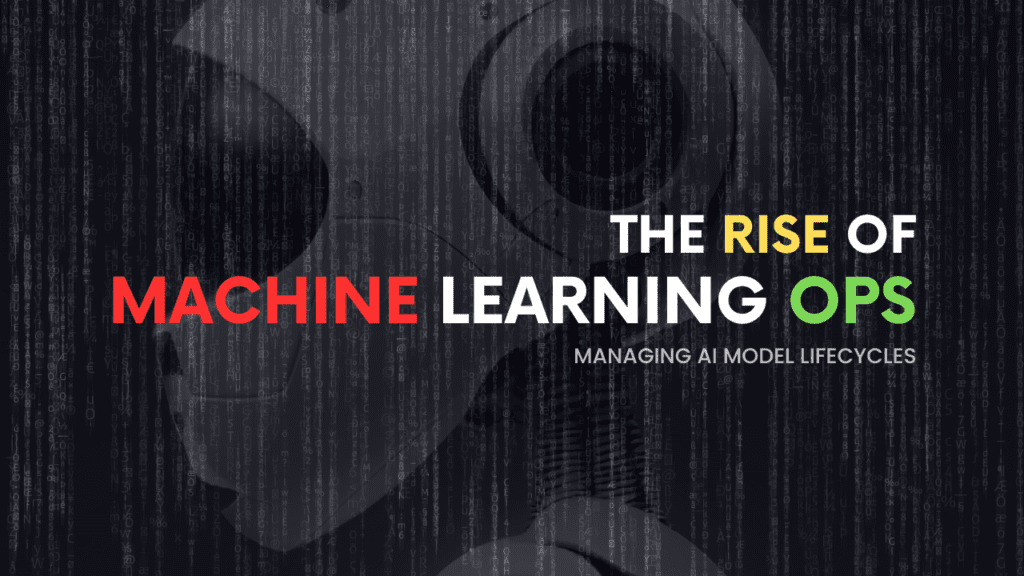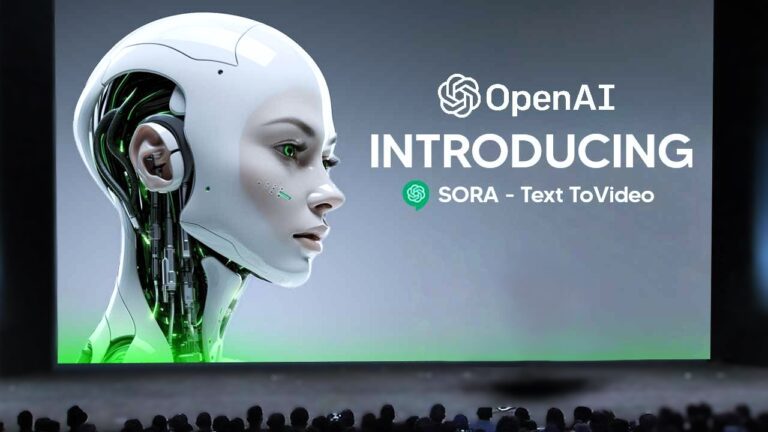The Rise of Machine Learning Ops (MLOps) – AI Lifecycles

Machine learning adoption continues accelerating across industries. However, successfully deploying AI/ML applications at scale requires extensive data and code orchestration. This expanding complexity catalyzed the new practice of MLOps – applying DevOps principles to industrialize ML workflows.
What is Machine Learning Ops?
MLOps stands for Machine Learning Operations. It provides structure and best practices around deploying, monitoring, and maintaining machine learning systems. As models move from research to production, MLOps smooths the transition by integrating data, model building, and business logic flows.
Google first coined the term years ago for internal AI infrastructure. Since then, MLOps steadily gained traction as companies struggle with bulky ML pipelines.
Standalone models now expand into elaborate cross-functional architectures. This growing complexity demands workflow formalization crossing data, analytics, business requirements, and IT operations.
MLOps Principles and Practices
Standardizing development and operational procedures reduces friction through consistent tracking, monitoring, and access controls. Teams build reliability by incorporating MLOps devices like:
- Version control – Track model iterations and reference artifacts
- Automated testing – Validate new models against test data
- CI/CD pipelines – Standardize build, test, and deployment steps
- Containerization – Bundle dependencies into portable images
- Cloud orchestration – Scale training and deployment elastically
- Model monitoring – Continuously test models for drift or errors
These practices resemble IT/software DevOps, but ML differences require significant adaptation. Data dependency and statistical variability in models mandate new MLOps tools for artifact, project, and model management.
Automating the machine learning lifecycle also improves efficiency around major bottlenecks like data preparation. Continuous integration/delivery pipelines speed up development and deployment with higher quality. Containerization and cloud infrastructure enhance scalability and reproducibility while lowering costs.
Implementing MLOps
Realizing MLOps requires integrating concepts and components from data engineering, ML engineering, application development, and IT operations. Cross-discipline cooperation ensures the full stack stays aligned.
Leading technology vendors offer unified MLOps platforms like Microsoft’s Azure Machine Learning, AWS SageMaker, and Google Cloud AI to ease integration challenges. These cloud-based services provide tools spanning data access, labeling, feature engineering, model building, deployment, monitoring, and governance.
Open-source Python libraries also supply modular MLOps capabilities for on-premises and multi-cloud environments. Options like MLFlow, Kubernetes, DVC, Prefect, Metaflow, and Seldon Core help build custom MLOps pipelines tailored to in-house stacks.
Specialized startups like Comet, Domino Data Lab, Allegro, and Weights & Biases likewise offer complementary model management, experiment tracking, and monitoring products. Partnering external MLOps tools with internal infrastructure advances capabilities while minimizing vendor lock-in.
Emerging Best Practices
As a nascent field, MLOps best practices continue evolving quickly. Current guidance includes tips like:
- Document the ML process thoroughly for reproducibility
- Store datasets, models, parameters, and experiments as codeless artifacts
- Implement CI/CD automation early in development cycles
- Design modular components for reusability
- Monitor across the full product lifecycle for drift
- Maintain strict access controls throughout
The Future of MLOps
MLOps merges software simplicity and speed with ML sophistication and scale. This dual fluency will only gain importance as companies integrate AI more completely.
Forward-looking enterprises should start evaluating organizational MLOps maturity now. Just beginning the MLOps journey today will pay dividends through faster model development, easier model maintenance, and ultimately more business value from ML investment.
Read More:






